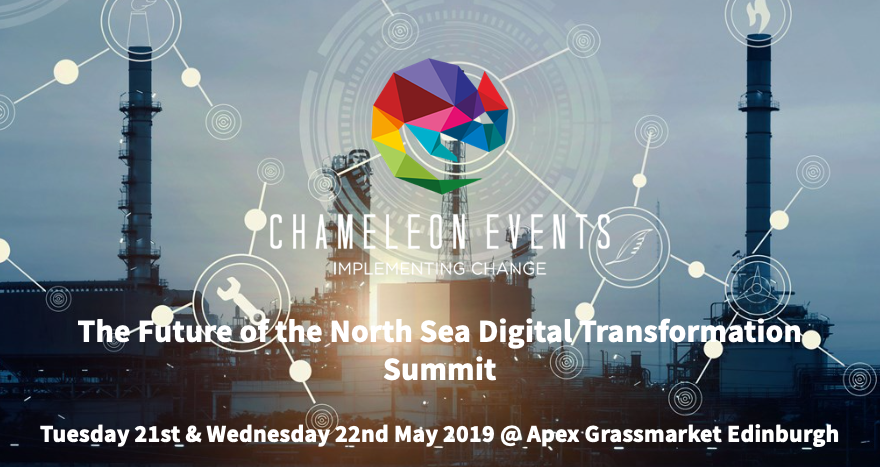
Initial Impressions
Around 100 attendees; the predominant demographic was male, 50+, similar to most of these events (where are all the young folk these days)? There was good representation from people who have worked outside the E&P world helped bring in a broader perspective. However, there still seems to be a reluctance from the Operators to share detailed case studies and examples. This might be linked to the hit rate, discussed below! Compare this to e.g. an EAGE conference, where there are multiple detailed examples of subsurface case studies presented. Perhaps we need to start moving towards more sharing of the detail too to build confidence and broader understanding of the value of DT?
A more realistic view of the challenges of DT?
The discussion seemed to focus on the challenges rather than the benefits of Digital Transformation. This might be a reflection of where we are on the DT journey; moving down from the ‘peak of inflated expectations’ in to something more grounded, and partly around the level of maturity we’re currently at in this space. And In the absence of solid good news stories, perhaps the focus shifts naturally to the problems.
The key themes for me were:
We’re off the pace and burning cash
In general, it seems that the Oil & Gas industry, and ‘UK PLC’ in general, are some way of the pace wrt to transformation. The UK is some 30% behind in terms of productivity vs the leading countries, and as an industry, Oil & Gas is right down the league table in terms of adoption, even though we’ve been digital for decades.
According to BAE Systems, the Oil & Gas industry has written off around three quarters of spend on DT initiatives over the past few years – over £900 billion apparently (source unknown). This chimes with the (also largely unsubstantiated) general observation that 80-90% of DT projects fail. Of course, this doesn’t take in to account the value generated by the £300 billion spent on successful projects, which may outweigh the failures (see the recent post on BP’s stated progress in this area as an example https://www.linkedin.com/feed/update/urn:li:activity:6537288470304440320)
The failure rate may be partly related to how we approach DT projects. For example, in-depth process mapping is vital before trying to automate. This includes the varieties of ‘real’ processes, not just the ones documented in the manual! Projects often fail because they don’t address real-life processes, just theoretical ones.
Oil & Gas is still risk averse
Old fashioned operating models, especially around the supply chain and procurement, are throttling innovation. They want fixed prices and timeframes – something that can be very difficult to predict with new digital technology.
Outside of a small number of mainly larger companies (particularly in Norway where their R&D is funded 80% by the Government) not many are prepared to accept the high failure rates seen in current DT initiatives. They not surprisingly want to be fast followers, with as much of the risk removed as possible. Perhaps there is a role for more use of collaborative approaches, facilitated through organisations like OGTC and OGIC, to encourage broader innovation and shared approaches?
People vs technology – what’s the key?
Culture, not technology, is the main barrier to transformation. This is also related to the issue of trust. Can the outcomes of AI & ML be trusted? There’s still a big issue here, especially around deep learning outputs. Perhaps more needs to be done to benchmark new approaches against manual processes and traditional physics-based modelling systems. There also needs to be a conversation about projects and processes that have failed because of human error, to inform where AI approaches might be best targeted, and to get a sense of proportion in to the debate.
Perhaps we should be talking about ‘Augmented Intelligence’, not ‘Artificial Intelligence’, emphasising the human/machine relationship. ‘Hands on the wheel’ is still a key aspect even where AI approaches can clearly be demonstrated to be better/safer (think manual vs self-driving cars). Digital transformation approaches should free us up from manual, repetitive tasks to focus on adding more value. However, AI and automation will remove certain roles. We can’t avoid the fact that there will be losers as well as winners.
Is Digital Transformation hype fatigue setting in?
Much vendor talk is targeted at greenfield opportunities. In the North Sea, about 80% of assets are essentially older, brownfield. This makes things a lot harder, but not impossible. You just need to target addressable problems that add the most value in these situations. And even greenfield ‘digital’ assets can still be inefficient without good data to drive them. The big vendors are not always helping, happy to hype and provide visions of the future that alienate many.
Data is foundational
The theme about the importance of quality data was again pervasive. But we’re only using less than 5% of the data available to us, and a lot of ‘Big Data’ ends up in ‘Data Swamps’ with little or no context or value. The need for data context metadata, especially for unstructured ‘dark’ data, was a common theme. This category accounts for around 80% of the data problem. This also feeds in to the trust issue. The approach Tullow presented around building up from a foundational layer of solid data management before moving in to automation and beyond seems very sensible.
Not all Digital Twins are identical
There was lots of mentions & discussion of Digital Twins, but this is a very loosely defined term. It can be anything from a full physics process model of an entire facility, to a digital model of a specific component e.g. a pump. Make sure you know what flavour you’re aiming for, and the problem you’re trying to solve before embarking on this. The bigger the model, the harder it is to manage and we’re at the limits of compute capability for large full-asset models.
Gareth Smith, Head of Consulting
May 2019








